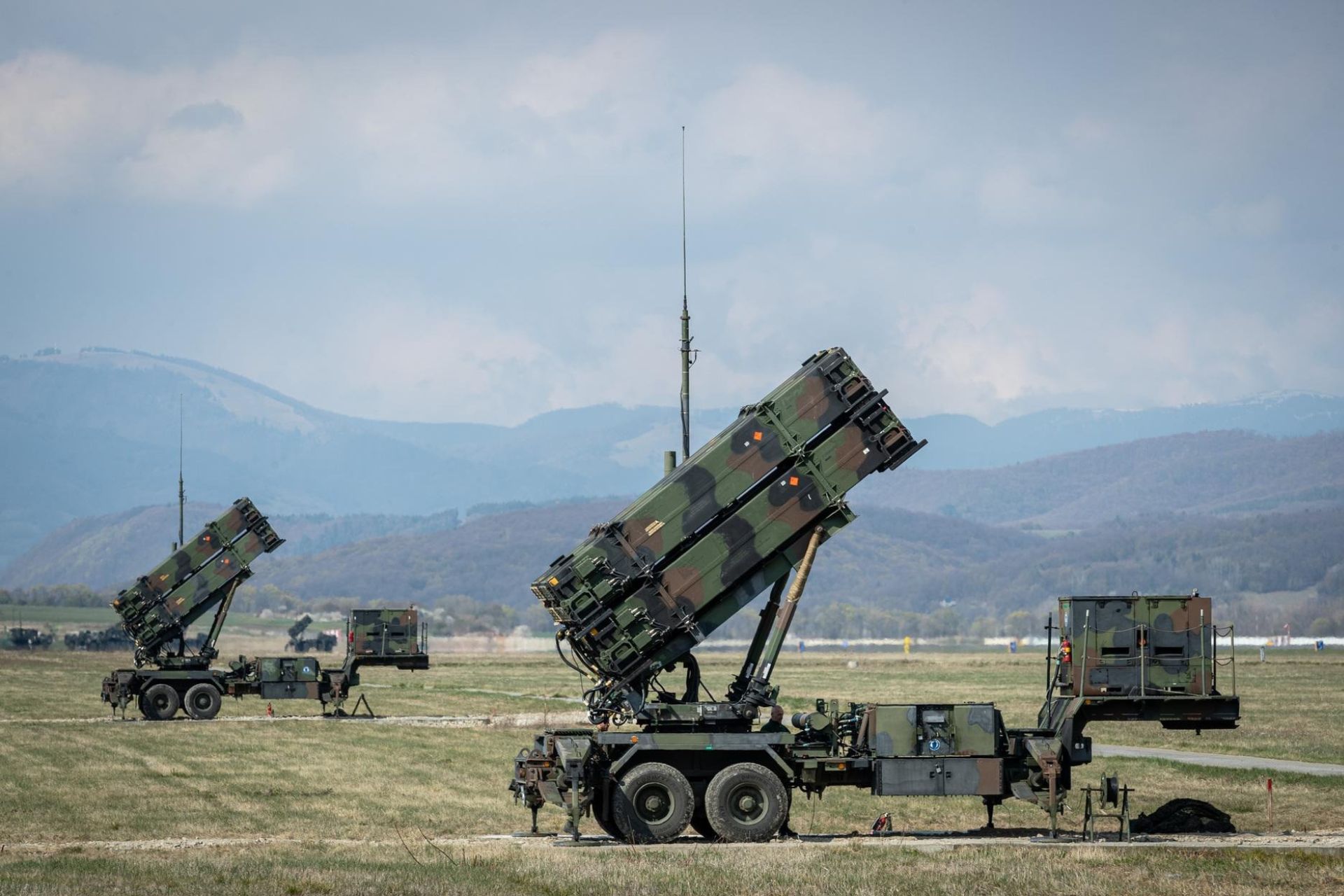Breaking News
Lithuania Hosts Dutch Patriot System as Deterrent Near Russian Kaliningrad.
In a move to strengthen regional security and operational readiness amid threats from Russia, the Netherlands has deployed its long-range Patriot air defense system to Lithuania. This deployment is part of the Baltic Connection 24 (BALTCON24) military exercise, marking a significant enhancement of air defense capabilities in the region.
Follow Army Recognition on Google News at this link

The deployment of the Patriot system not only serves as a practical testbed for NATO’s rotational air defense strategy but also acts as a deterrent against potential aerial threats in a region close to the Russian exclave of Kaliningrad (Picture source: Dutch MoD)
Initially introduced in the late 1980s, the Dutch Patriot system has been a cornerstone of the Netherlands' air defense strategy, aligned with NATO's collective security framework and continuously upgraded over the years.
Technically, the Patriot system is known for its advanced radar and missile technology. The radar component is capable of long-range target detection and tracking, providing essential data for threat evaluation and engagement. The primary missiles used in the system are the PAC-2 and the more advanced PAC-3 MSE (Missile Segment Enhancement). The PAC-2 can intercept targets up to 160 kilometers away and at altitudes of about 24 kilometers, effective against various aerial threats, including aircraft and tactical ballistic missiles. The PAC-3 MSE enhances these capabilities with greater maneuverability and a hit-to-kill approach for high-precision interception at a range of approximately 35 kilometers.
The system also features a robust command and control system that integrates with NATO's air defense network, facilitating real-time data sharing and operational coordination with allied forces. This integration is crucial for conducting combined defense operations, especially during multinational missions or in areas with heightened aerial threats.
The system arrived at Klaipėda port on Saturday morning and was subsequently moved to the Šiauliai Air Base. From this strategic location, Dutch forces will conduct a series of air defense tasks over the next two weeks, from July 7 to 19. This initiative not only strengthens the air defense framework in the Baltic region but also facilitates the training and integration of NATO forces under a unified command structure.
Lieutenant Colonel Ovidijus Pilitauskas, commander of the Lithuanian Armed Forces’ Air Defence Battalion, highlighted the importance of this deployment. According to Pilitauskas, the presence of Dutch troops offers an opportunity to test and refine the rotational air defense model agreed upon at last year's NATO summit in Vilnius. This model aims to improve the interoperability and flexibility of NATO's air defense systems across member states.
The exercise also involves several NATO allies, including Spanish and Portuguese fighter jets part of NATO’s Baltic air policing mission, and integrates the Lithuanian Air Force's NASAMS medium-range air defense systems. This collaborative defense exercise is designed to enhance the readiness of forces, integration, and command and control across various layers of air defense.
This deployment follows a pattern of increasing air defense collaborations within NATO, highlighted by the recent announcement from the White House regarding a €2.1 billion military aid package for Ukraine, which includes missiles for the Patriot and other air defense systems. These systems play a crucial role in defending against aerial threats, including those from advanced missile technologies supplied to conflict zones.
The deployment of the Patriot system not only serves as a practical testbed for NATO’s rotational air defense strategy but also acts as a deterrent against potential aerial threats in a region close to the Russian exclave of Kaliningrad, enhancing the collective security of NATO members in Eastern Europe.


























